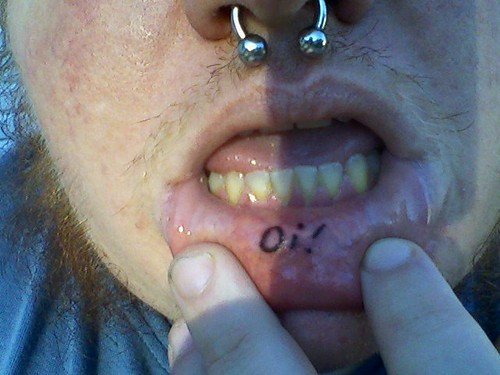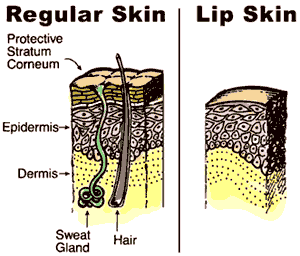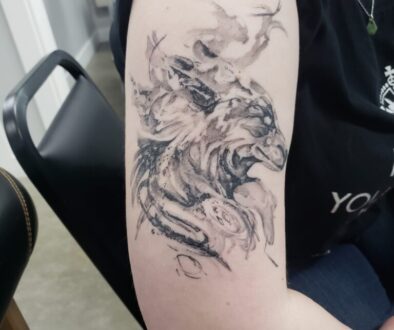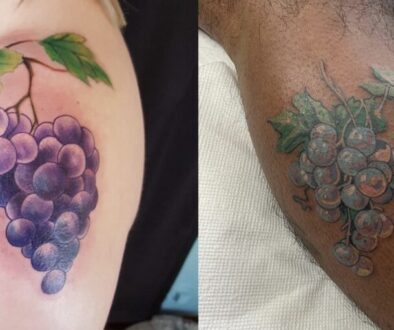Ask Better Tattooing – Lip Tattoos?
|
Listen to this Article::
|
On Mon, Sep 14, 2020, 1:07 AM DH <####################> wrote:
Hi,
I am trying to figure out what needle to use on an inner lip. I’ve tried a couple and they haven’t worked. I was hoping y’all would have some insight for me.
All the best,
D
Safe-Tattooing.com wrote:
Hello!
Can you give me more of a description about what you are trying to accomplish before I send along some info?
Also, what shop/city you are affiliated with?
Thanks and have a great day!
On Fri, Sep 18, 2020 at 10:03 PM DH <##########################> wrote:
So there is no shop. This girl my wife and I see from time to time bought a machine. I had f*** trump tattooed on the inside of my lip. I want to be able to tell her what type of needle she should use next time she redoes it. Hopefully it lasts longer than a week.
Table of Contents
Now Onto The Response-
Lip Tattoos
Sorry for the delayed response. The past few days had run away from me, and this is the first chance I have had to write a reply to you.

What Needle to Use on A Lip (Inner) Tattoo?
So, this is a question that leads to me to believe that there is a load of foundational knowledge that may be lacking (at least regarding tattoo techniques and such).
Tattoo needles come in a few different gauges, lengths, tapers, and tips. Much like a paintbrush that an artist uses, each needle in a tattooer’s arsenal serves a purpose and is best used when a tattoo artist plays to its strengths.
Fine line work is done best with thinner gauge needles set into smaller groupings (like a tight 5, 3rl, or even single needle setups).
Shader groupings are used for shading and (sometimes) for filling large sections of skin.
Large grouping liners can be used for, well, just about anything if the machine that is being used supports the technique being applied.
Not knowing a lot about the dimensions and look of the design, I can’t really comment on the exact needle to use. Although, you should be able to come to a conclusion on your own by using that short breakdown above.
I personally use a 3rl for just about everything line-workwise. They are difficult to handle for a less experienced artist (the smaller needle grouping will translate shakiness, bumps, wobbles, etc… in the artist’s hand to a greater degree than a larger grouping) so if your friend is new to the game, I would go with anything including and above a 7rl if there is no associated fanciness to the design.
The statement that you had made above did want me to throw in a little more information for you though, so IF you want to read on and learn a bit more, please do!
Lip tattoos and longevity

“Oi!” by gimme a pabst is licensed under CC BY-NC 2.0
The lips are skin but the skin that makes up the lips is not like the rest of your skin.
Most places on the outside of the body are covered in what I will call in this email as “normal skin”. This skin has lots of layers, reacts to damage in nearly identical ways across the body, and heals from injuries in a timely fashion. When you tattoo a section of “normal skin”, the body goes through a really incredible process to heal the wound that was inflicted and create an environment where the pigment that was introduced –
(Which is a foreign invader or possible pathogen – your body doesn’t have the knowledge of what is happening to it, it only responds to the stimuli when triggered by a wound that needs healing or anything else that kicks the body out of homeostasis) by capturing and surrounding particles of pigment through an immune response to the wound.
Special cells called macrophages (also known as killer cells) move up through the skin and gobble up the pigment particles. That is legit what the macrophages are all about – Eat foreign particles, transport the stuff that has been removed from the body to the lymph nodes, and the body excretes the foreign particles shortly thereafter. While macrophages are amazing at cleaning out your body, they are unable to clean out the pigment particles because they are just too big/heavy for the macrophage to house them in the cell’s insides and travel throughout the skin.
What happens to the macrophage when it eats the pigment particle is, it gets stuck? The cell sits there, full of pigment, and slowly dies off unable to move. Once it dies off, another macrophage will take its place by gobbling up the swollen and stuck, dead and dying, macrophage. This makes it get stuck like the one before it and this process continues pretty much uninterrupted for a person’s life.
So, why is all that stuff above important to know when doing a tattoo on a lip?
The lip is constructed in a way that makes it unique when comparing it to “normal skin”. Here is a short list as to how it is different than “normal skin”:
- While the “normal skin” has sometimes up to nearly 20 cellular layers, the skin on the inside of the lips only has 3-5 layers. That means the tattoo could heal faster due to the decreased density of skin layers but will most likely take longer due to the environment inside the mouth (more on that below). This also should make clear how different a machine must be run to accomplish the tattoo, how needle choice is really key to ensuring a tattoo heals well and looks like it should, as well as how horribly wrong the outcome could be if done by an unskilled/undertrained tattooer.
- There are no sweat glands in your lips and the skin is prone to drying out. (That is why they get chapped so easily).
- There are no hairs on the lips so no sebaceous glands that excrete oil.

Things to think about before the tattoo:
There is increased vascularization in the lips which leads to increased chances of bleeding occurring if a tattoo procedure is attempted. The more a site bleeds, the longer the wound will take to heal (this idea is super condensed for format and time spent writing).
The mouth is a filthy place and creating a wound in the mouth greatly increases the chances of an infection happening.
Because the mouth (which includes the inner lip skin) acts more as a membrane than “normal skin”. The areas that can be tattooed are going to be floating in saliva while trying to heal. The process of tearing the inner lip’s skin up while getting a tattoo creates inflammation that is slow to subside after the procedure is done.
Granulomas and keloid like structures are a common result of getting a lip tattoo.
If you have a reaction to a pigment or carrier (the products used to mix it) with an inner lip tattoo the resulting treatment can be extremely expensive, time consuming, and possibly not really work. Sometimes the tattoo must be removed (excised) to cure the symptoms but in rare cases it is fatal.
One final thing that popped into my head while writing this reply made me want to treat the final questions like I was talking to you, in person, before a tattoo.
Is the tattoo you want to get a good idea?
While we all have some sort of political or religious ideology that influences our lives; should you sacrifice a part of your body to a permanent cosmetic alteration that may not be relevant in 1, 5, 10, or even 20 years?
Are you comfortable carrying that person’s name and the negativity it accompanies for the rest of your life (long after he has passed away)?
To be honest, I’m ambivalent to how people mark their bodies, it’s not my body and I have no say in it. What I do have though is experience in the industry – nearly 20 years – and I have seen more regrets than I would have believed possible 20 years ago,
Feeling passionate about a subject matter, regardless of the volume of such impact (and how it may influence society … or a single person), the alterations to a person’s body will be permanent if a tattoo is completed. I could make arguments that you dodged a bullet by having it fade out. I could also make arguments that the skill of the artist who did the initial tattoo may be lacking to a degree that getting the tattoo may not be truly safe.
but…
Like I said above, it is your body.




